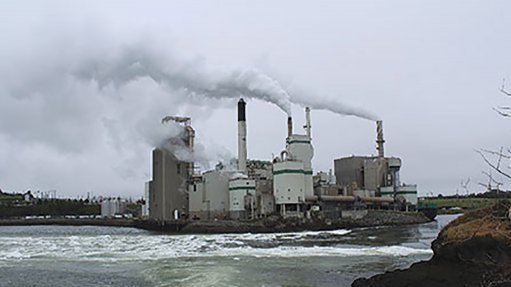
CLEAN PAPER Equipment malfunctions in pulp and paper mills can, in most instances, be traced back to poor maintenance
Volatile global economic conditions and even tougher regulations are making it increasingly difficult for pulp and paper producers to protect their operating margins. As a result, mills are looking for methods of reducing operating costs, one of which is to minimise maintenance activities, while optimising plant availability and uptime.
Equipment malfunctions in pulp and paper mills can, in most instances, be traced back to poor maintenance. As with any other industry sector, preventing a problem is much more cost effective than fixing it afterwards.
Historically, processes were shut down on a routine basis for visual inspection of the machinery, whether or not an inspection was required. Shutdowns, even scheduled shutdowns, have become more expensive in today’s continuous processes. By installing vibration monitoring equipment, the running time between shutdowns can be extended.
The thinking around machine condition monitoring has changed over the years and it is now stated that vibration is the better measurement over temperature. This is because vibration gives an earlier warning and more information as the vibration signal contains many frequencies and many amplitudes, each pertaining to some moving part of the machine.
Infrared temperature and vibration measurement provider R&C Instrumentation’s RC Sensors supplies a full range of vibration sensors to help meet the challenges of monitoring and maintaining a wide range of production machinery, including forming, pressing, drying and finishing systems.
The RC range of accelerometers or vibration transmitters is designed to suit the many different and challenging conditions associated with pulp and paper production machines, with solutions for both online and offline monitoring and industrial accelerometers designed for use in the toughest environments, including hazardous areas.
In wet areas, the standard air conditioning sensors (RC-100 series) fitted with integrated silicon cables that are sealed to IP68 provide a reliable and highly effective method of data monitoring. These sensors can be supplied in top or side entry and are fully submersible.